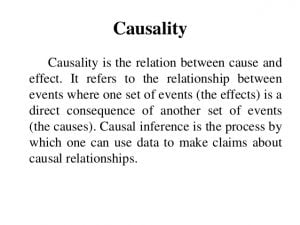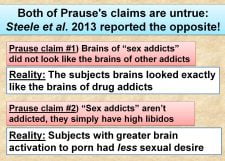Research confirms sharp rise in youthful sexual dysfunctions. Young men today appear to be experiencing a sharp increase in ED (and other sexual dysfunctions) since the advent of streaming internet. All studies assessing young male sexuality since 2010 report historic levels of erectile dysfunction, and startling rates of a new scourge: low libido. Erectile dysfunction […]
Read More… from Research confirms sharp rise in youthful sexual dysfunctions








